A transcript of our conversation:
Dr. Flavio Lanfranconi: Good to see you. Great. I was just trying to keep up with everything you’ve posted recently. It’s difficult, but…
Matt Segall: Sorry about that.
A transcript of our conversation:
Dr. Flavio Lanfranconi: Good to see you. Great. I was just trying to keep up with everything you’ve posted recently. It’s difficult, but…
Matt Segall: Sorry about that.
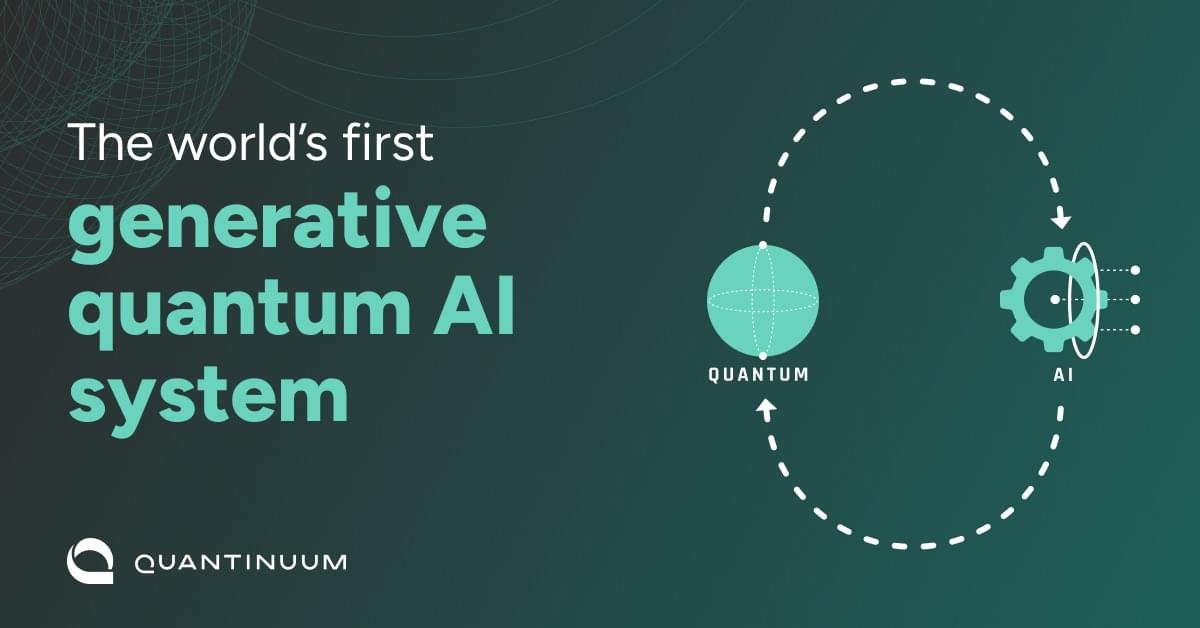
“While some may suggest that a standalone quantum computer is still years away, the commercial opportunities from this breakthrough are here and now,” said Dr. Thomas Ehmer from the Healthcare business sector of Merck KGaA, Darmstadt, Germany. “The generation of meaningful synthetic data, specifically when you do not have many training data, is nontrivial and we see it as a new era for AI unlocked by quantum technologies. The Helios system, launching later this year will hopefully enable AI to be used in unprecedented ways and unlocking transformative potential across industries.”
Gen QAI leverages the unique capabilities of quantum computing to explore data complexities far beyond what classical computing systems and GPUs can handle. Quantinuum is collaborating with industry partners on Generative AI projects that harness the power of quantum computing in sectors such as automotive, pharmaceuticals and materials science. In the coming months, Quantinuum will share results from ongoing collaborations, showcasing the groundbreaking potential of quantum-driven advancements in Generative AI.
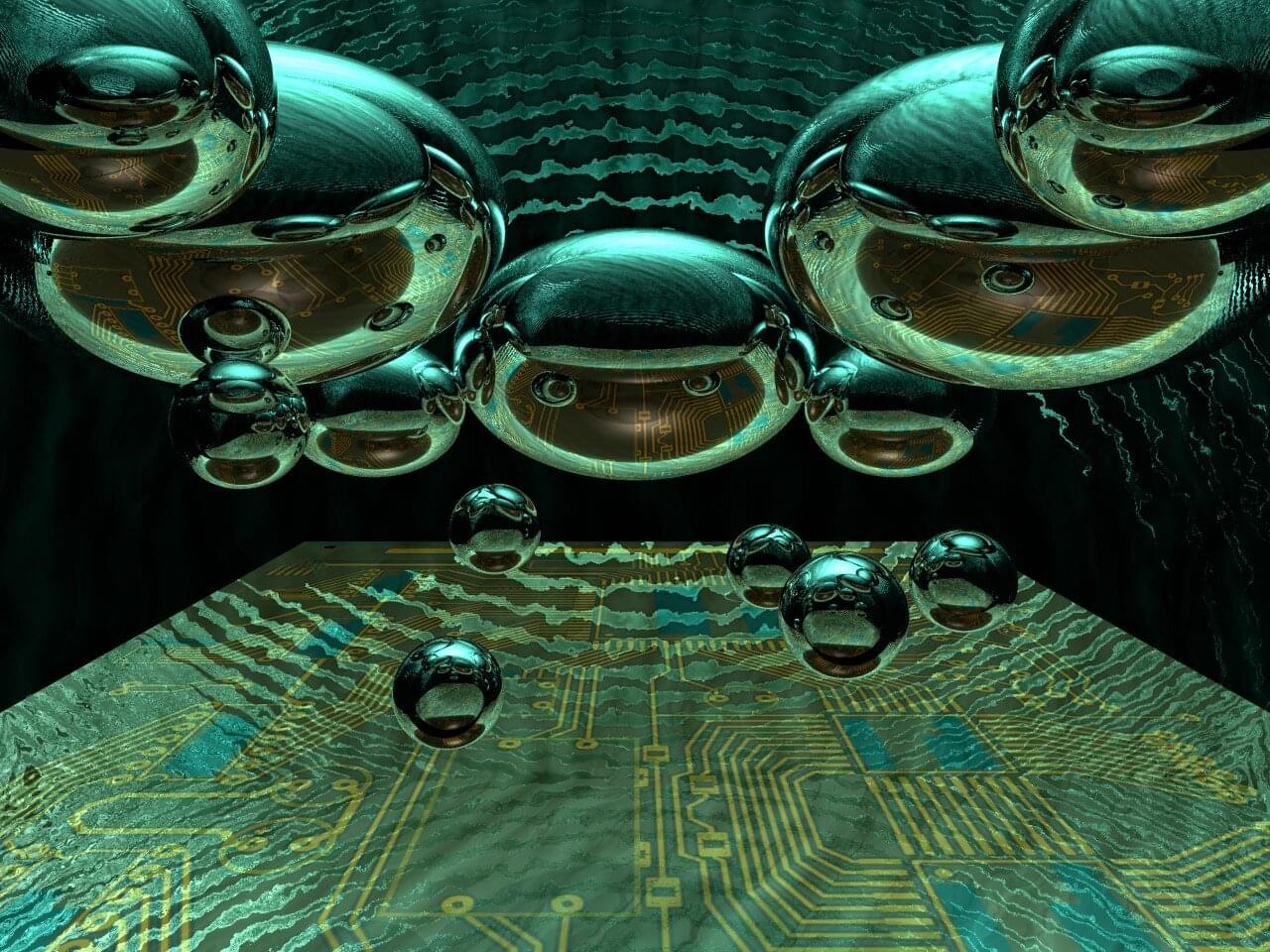
Physicists have performed a simulation they say sheds new light on an elusive phenomenon that could determine the ultimate fate of the universe.
Pioneering research in quantum field theory around 50 years ago proposed that the universe may be trapped in a false vacuum —meaning it appears stable but in fact could be on the verge of transitioning to an even more stable, true vacuum state.
While this process could trigger a catastrophic change in the universe’s structure, experts agree that predicting the timeline is challenging, but it is likely to occur over an astronomically long period, potentially spanning millions of years.

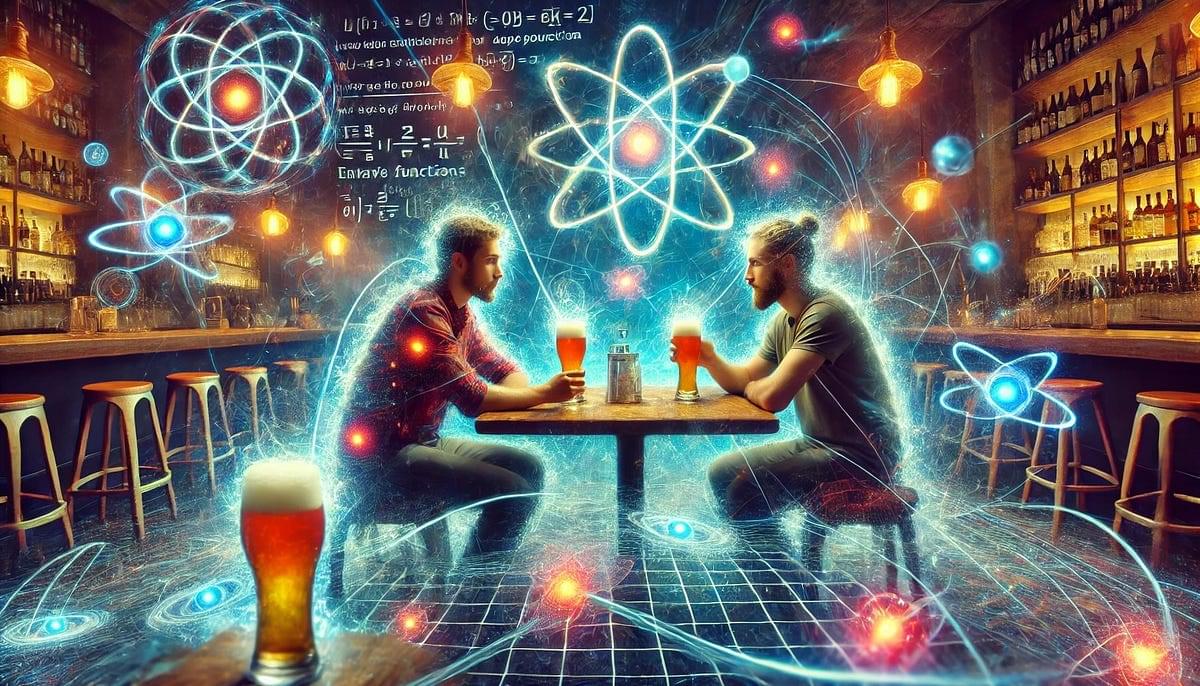

Quantum field theory suggests that the very structure of the universe could change, altering cosmos as we know it. A new quantum machine might help probe this elusive phenomenon, while also helping improve quantum computers.
Nearly 50 years ago, quantum field theory researchers proposed that the universe exists in a “false vacuum”. This would mean that the stable appearance of the cosmos and its physical laws might be on the verge of collapse. The universe, according to this theory, could be transitioning to a “true vacuum” state.
The theory comes from predictions about the behaviour of the Higgs field associated with the Higgs boson, which Cosmos first looked at nearly a decade ago – the article is worth reading.
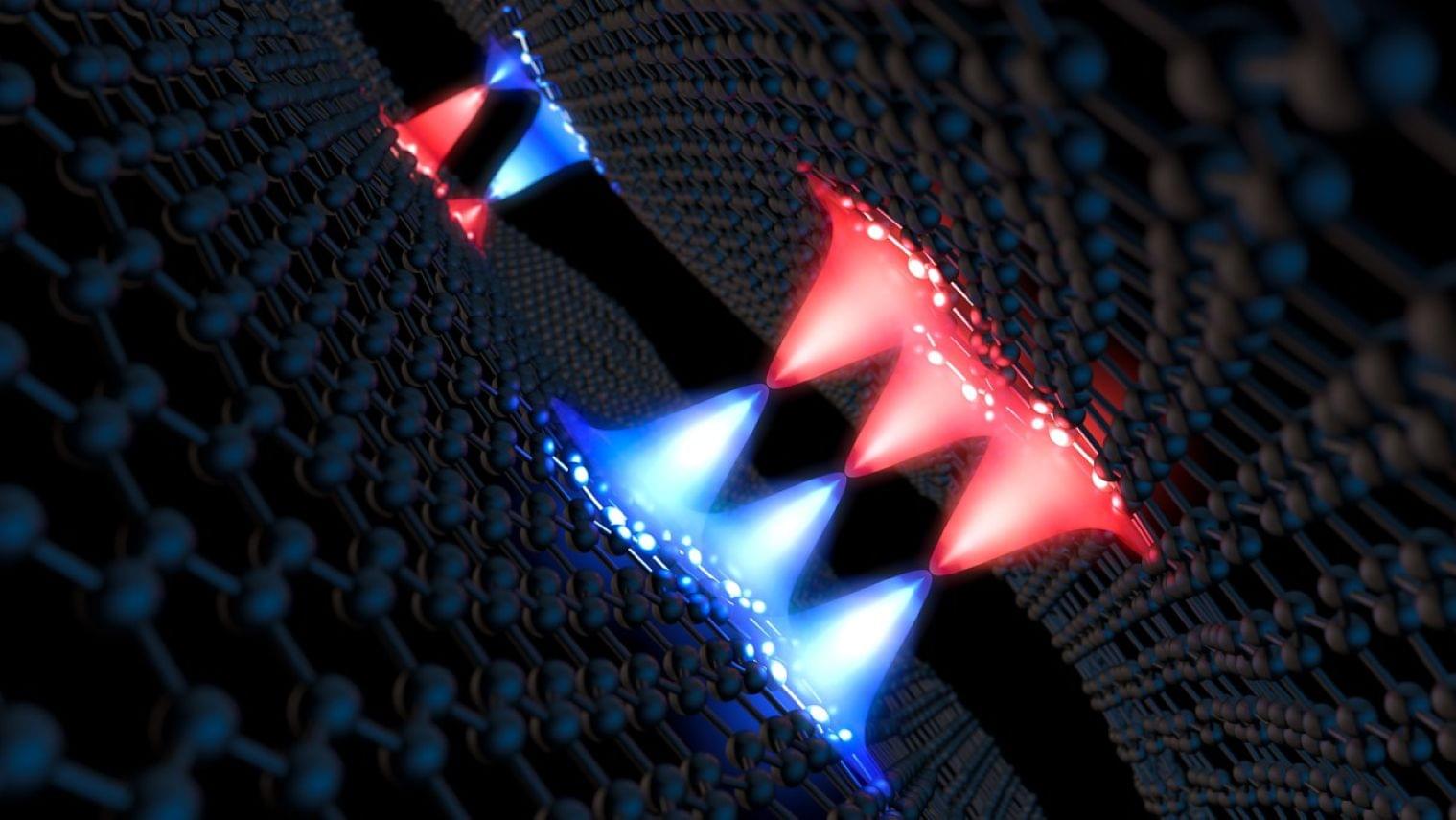
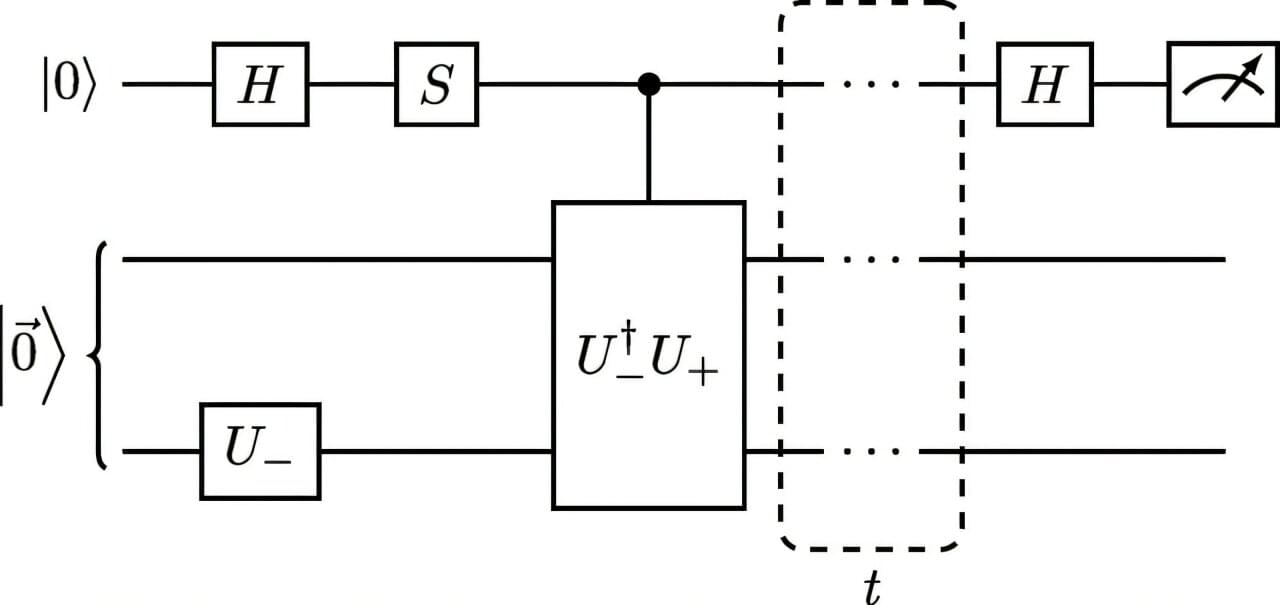
A collaboration between Nordita, the Nordic Institute for Theoretical Physics, hosted by Stockholm University, KTH and Google Quantum AI explores how gravitational fields influence quantum computing hardware, laying the foundation for advances in quantum sensing.
Physicists from Nordita, together with Google Quantum AI, have published a pioneering study that investigates how classical gravitational fields can influence the performance of quantum computing hardware.
The research, led by Professor Alexander Balatsky (Nordita and KTH) and Pedram Roushan (Google’s project leader in quantum computing), highlights a surprising interplay between gravity and quantum systems, breaking new ground in quantum technology. The team also includes Patrick Wong and Joris Schaltegger, researchers at Nordita.
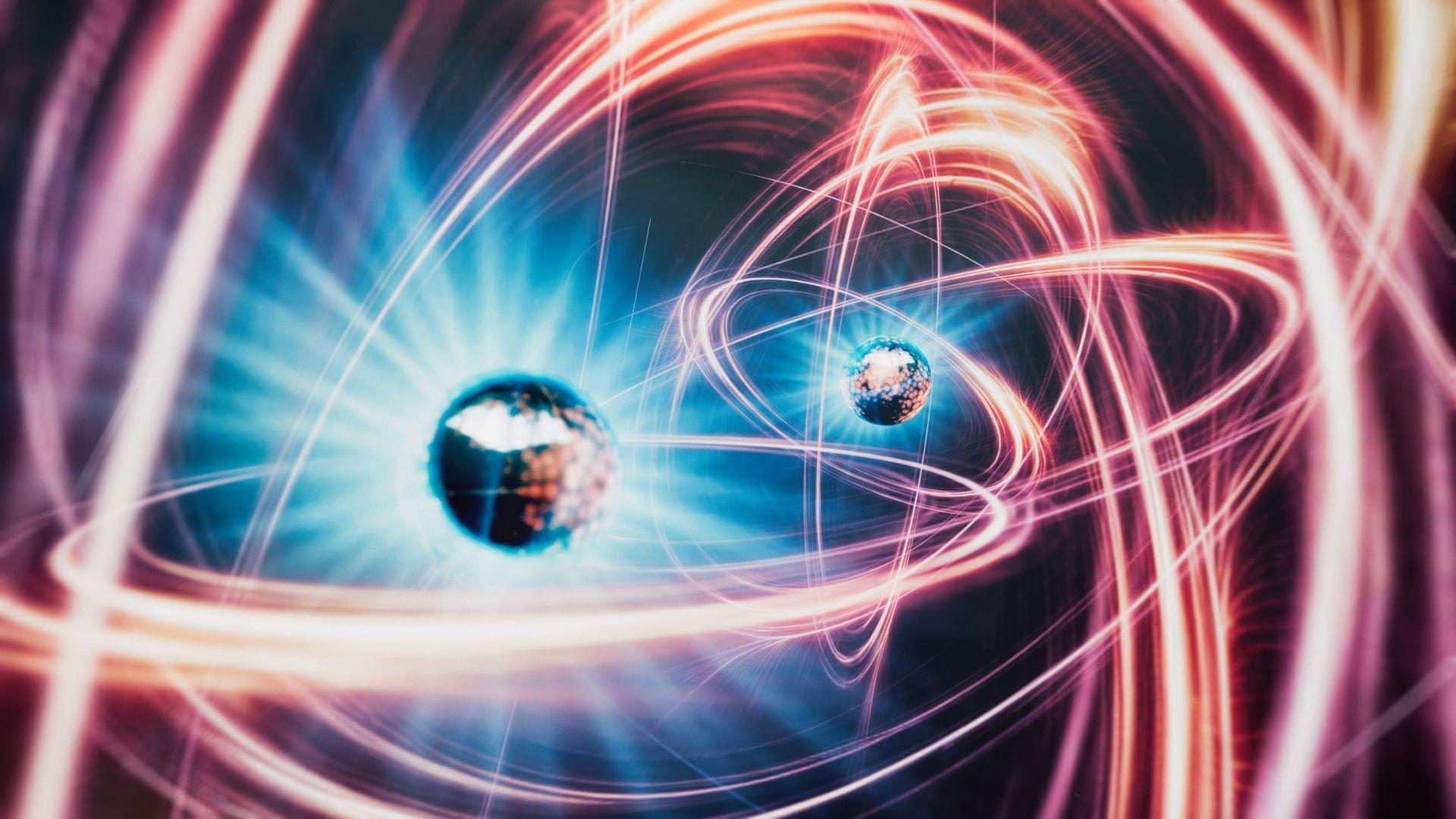
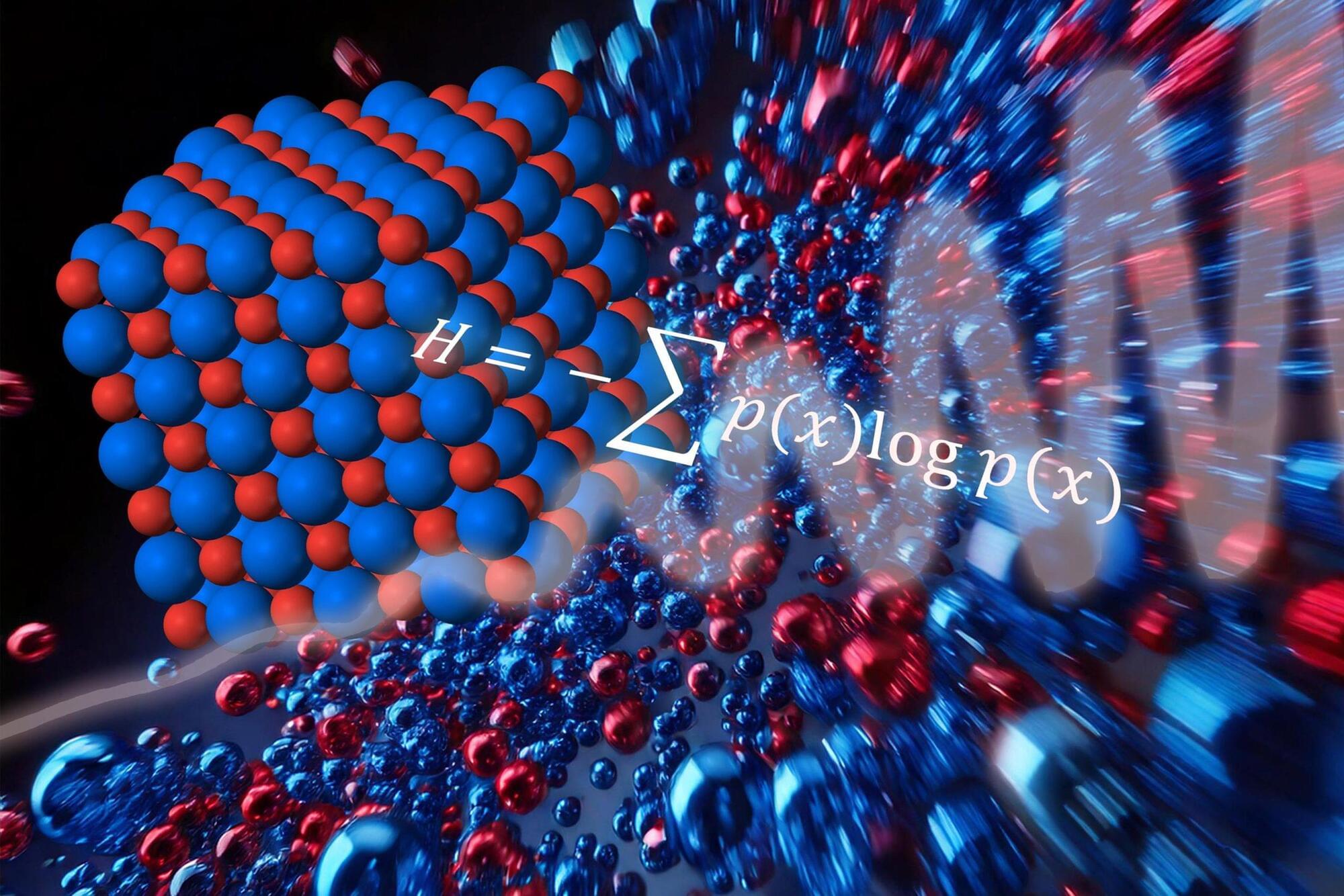
Their work proves that even in isolated quantum systems, disorder naturally grows, aligning quantum mechanics with thermodynamics.
The Paradox of Entropy in Quantum Physics
The second law of thermodynamics is one of the fundamental principles of nature. It states that in a closed system, entropy — the measure of disorder — must always increase over time. This explains why structured systems naturally break down: ice melts into water, and a shattered vase will never reassemble itself. However, quantum physics appears to challenge this rule. Mathematically, entropy in quantum systems seems to remain unchanged, raising a puzzling contradiction.